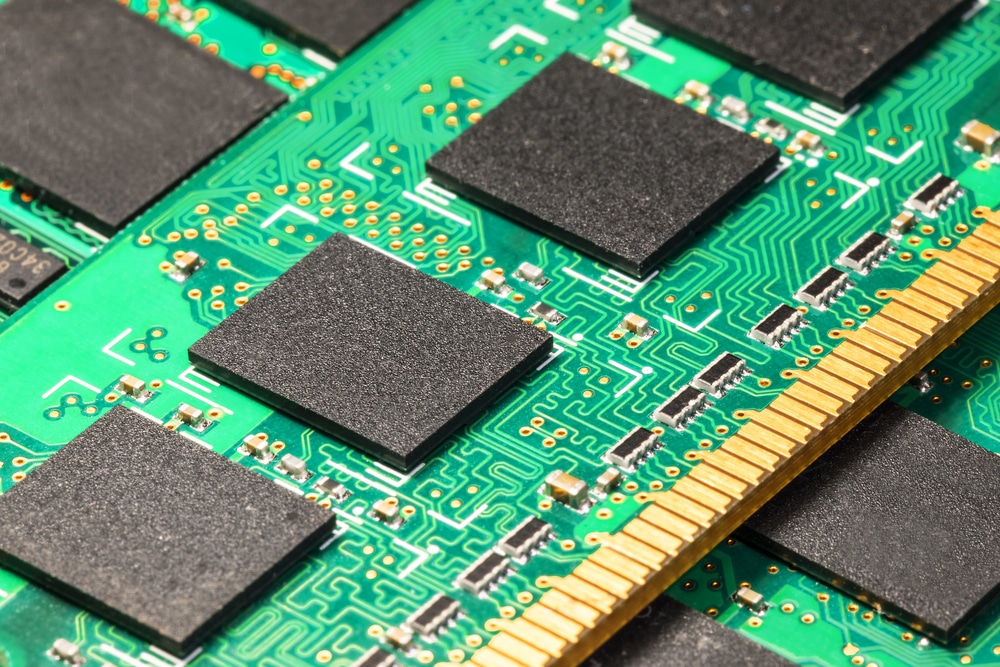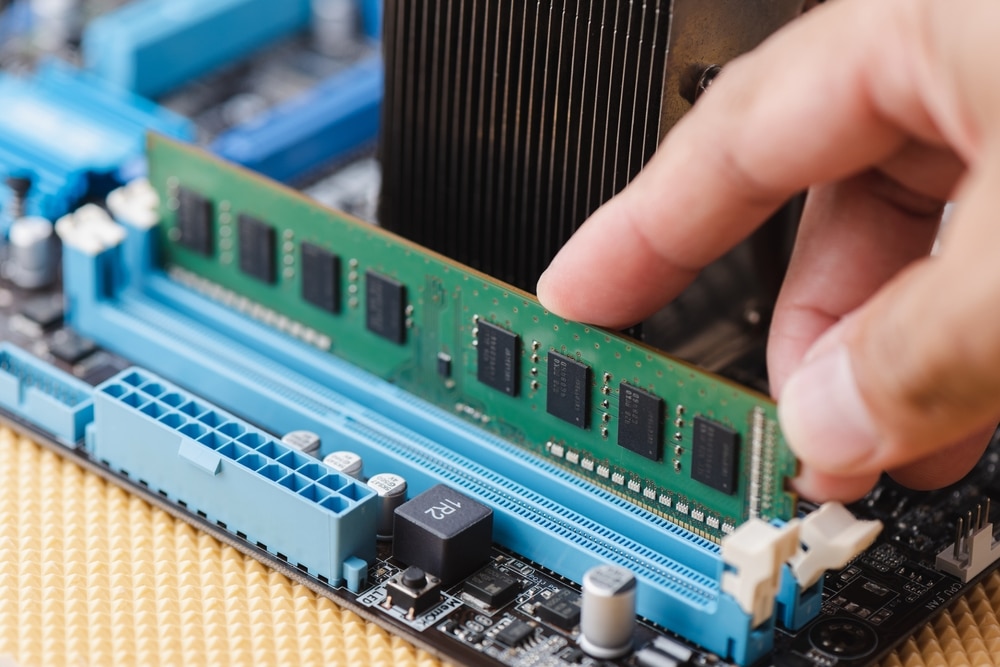Home » Press Room » Product News » Exploring Common Types of DRAMs: How They Differ and Evolve
The demand for powerful devices, faster computers, and more capable electronics is constantly increasing, making the availability of higher-capacity memory solutions essential to everyday life. Industry leaders, including Intel and AMD, are developing solutions to complement the arrival of new CPUs. For example, DDR4 has become the standard practice in all home and personal computers, so Intel and AMD are launching new CPUs that support DDR5.
Meanwhile, with the gradual shift to new generations becoming more apparent, most manufacturers have scaled back on the production of previous modules, making them challenging to find on the market. Etron Technology continues to keep a broad product portfolio in this tight supply and demand scenario. Below we shed light on our primary offerings and their respective key applications.

Dynamic random access memory is a specific type of random-access semiconductor memory used to store data. Typically DRAM uses a capacitor and transistor, both based on semiconductor technology. DRAM is used in digital electronics where low-cost and high-capacity memory is essential. One of the most common uses of DRAM is in personal computers and graphics cards.
Random access memory allows the computer's processor to access any part of the memory directly. DRAM is located by the computer's processor and enables faster access to data than storage systems such as hard disk drives or solid-state drives.
SDRAM and DDR SDRAM are commonly used in modern personal computers and gaming computers. With the ever-increasing development of technologies, more and more generations of DRAM continues to be developed, creating faster speeds, increased bandwidth, and lowered energy consumption.
Synchronous dynamic random-access memory is any DRAM operationally coordinated by an externally supplied clock signal. This means that SDRAM has a higher operation speed, making it a popular choice for desktop computers that need fast speeds. SDRAM is a generic name for the different kinds of DRAM synchronized with a microprocessor's clock speed.
There are two main types of DRAM, synchronous and asynchronous. Asynchronous DRAM is an older type of DRAM used in the first-ever personal computers. It's called "asynchronous" because it's not synchronized with the computer's internal clock.
Synchronous DRAM or "SDRAM" is a type of DRAM that syncs with a clock system. SDRAM operates more efficiently because it works according to the synchronization of the clock. This allows for faster coders and computer function speeds and improves reliability. It's most commonly used in modern computers.
Asynchronous DRAM is not typically used in modern applications. This is due mainly to the fact that synchronous DRAM is much more efficient and reliable for modern computers and smart devices. Asynchronous DRAM was an early form of DRAM that didn't sync up with the CPU's clock. Although this worked well at the time, it would not work effectively with the larger bandwidth required for today's computers. Since the invention of synchronized DRAM, asynchronous DRAM has declined in use and production.
Each generation of RAM improves on the previous one; these innovations contribute to faster speeds and more bandwidth. Although operating on the same principles, the modules are not backward-compatible. Meanwhile, SDRs and generations of DDRs are applied in certain fields. For instance, the most popular RAM in consumer electronics nowadays is DDR3 and DDR4, while the latest standards, LPDDR5 and DDR5, now deliver higher performance at lower power than any other predecessors.
SDR SDRAM was invented in 1996 and is used in faster computer models, typically in system memory and video graphics memory. SDRAM is popular for use in modern games consoles and gaming computers because it effectively runs at high speeds. Click through the link to learn more about our range of SDRAM (Memory ICs/Industrial DRAM).
DDR SDRAM (1st Generation), also known as Double Data Rate Synchronous Dynamic RAM, was invented in 2000. This popular new kind of SDRAM is an even faster and more efficient version of SDRAM. This product is most popular in modern computers, allowing for faster speeds than ever before. Follow the link to learn more about our range of DDR SDRAM (Memory ICs/Industrial DRAM) here.
DDR2 (2nd Generation) was invented in 2001; it is the next upgrade from DDR SDRAM (1st Generation) and brought faster speeds and more capabilities than its predecessor. DDR2 is great for use on personal computers and laptops. Here you will find more details on our DDR2 SDRAM (Memory ICs/Industrial DRAM),
DDR3 was invented in 2007 and is popularly used in gaming computers. This DRAM consumes 30% less energy than its predecessors and can transfer data at twice the rate of DDR2. Follow the link to learn more about our range of DDR3 SDRAM (Memory ICs/Industrial DRAM) here.
DDR4 was invented in 2014 and is the current standard for modern-day computers. DDR4 is great for games, engineering programs, coding, and video editing software.DDR4 has faster speeds, reduced power consumption, and improved reliability compared to DDR3 and DDR2. Explore our range of DDR4 SDRAM (Memory ICs/Industrial DRAM) here.
DDR5 is the latest generation of DDR, invented in 2020; DDR5 is suitable for gamers looking to achieve the highest speeds possible. DDR5 increases bandwidth and effectively lowers latency while also reducing power consumption.

For the best results for your innovative projects, it is advisable to customize your applications with the correct type of SDR and/or DDRs. At Etron, we pride ourselves on supplying a comprehensive range of DRAM products to meet your various needs. Whether you are in the market for the most advanced memory solutions or are looking to procure modules of previous generations, our specialists will help you find the right fit. Contact us today for advice and support from professionals!